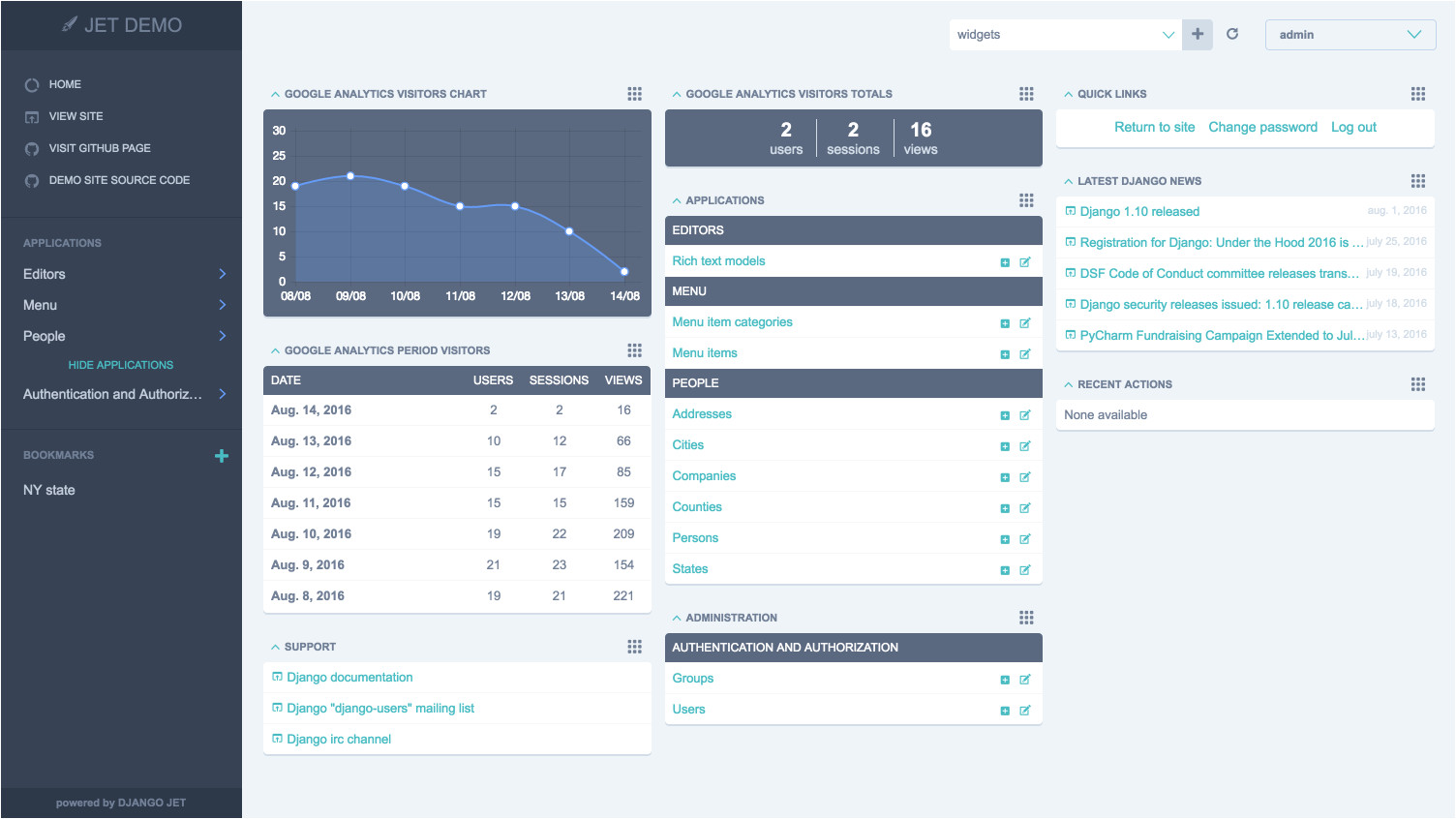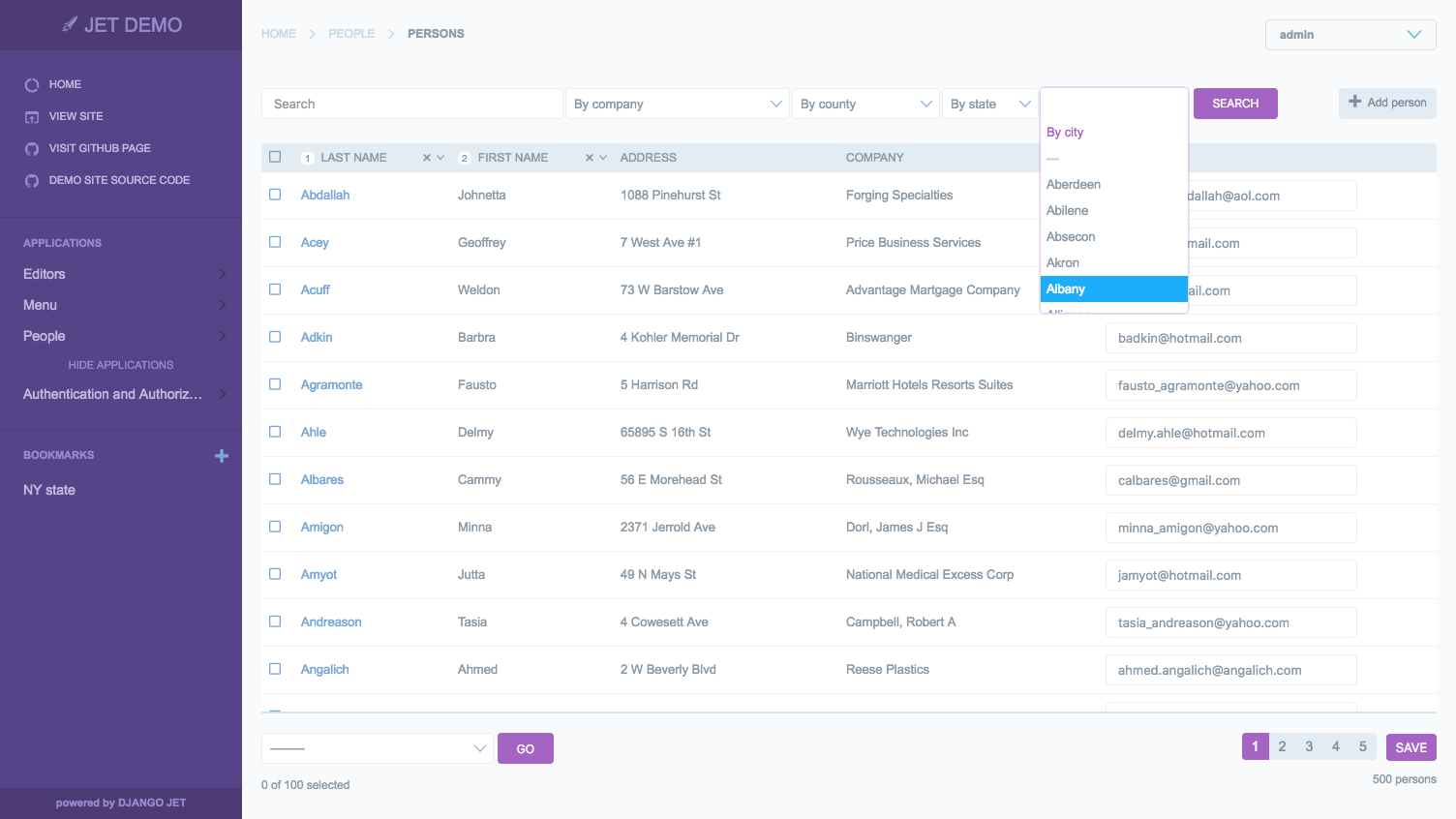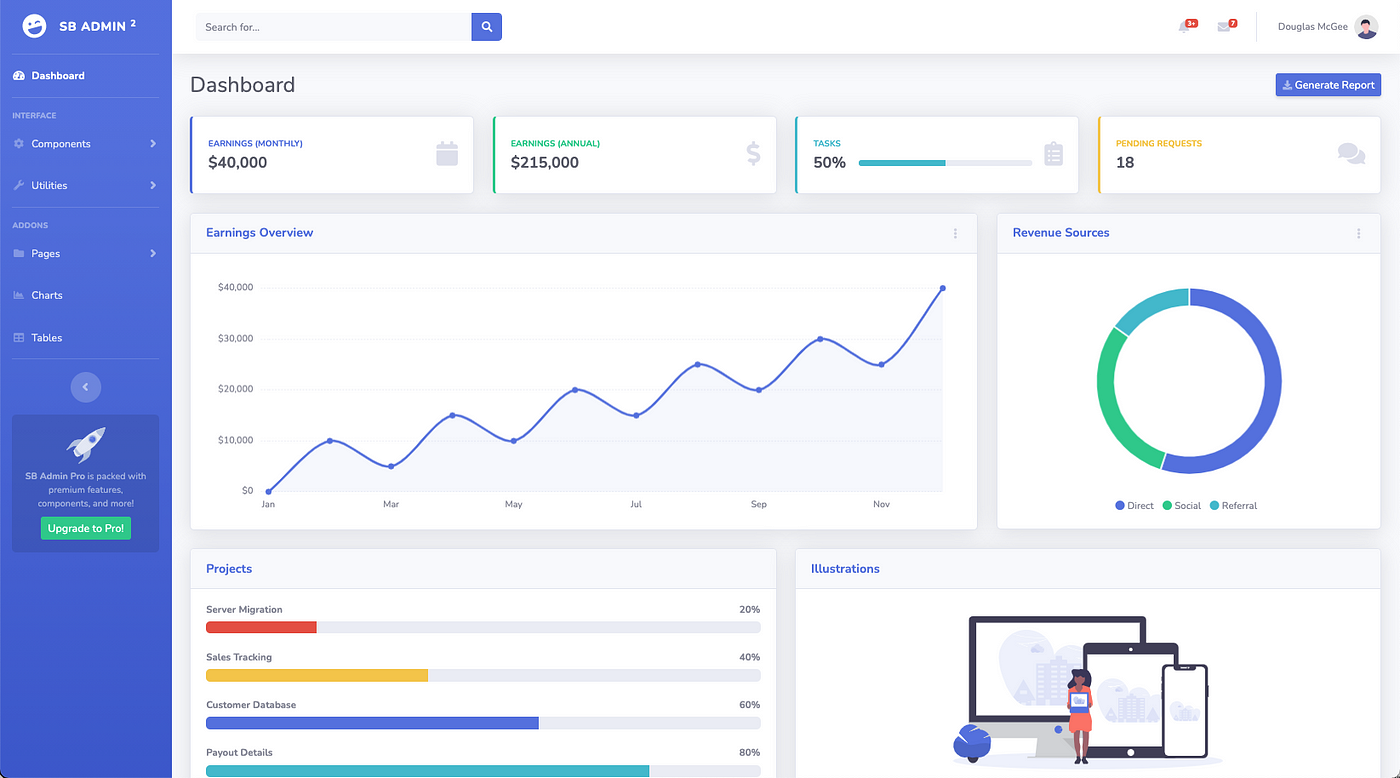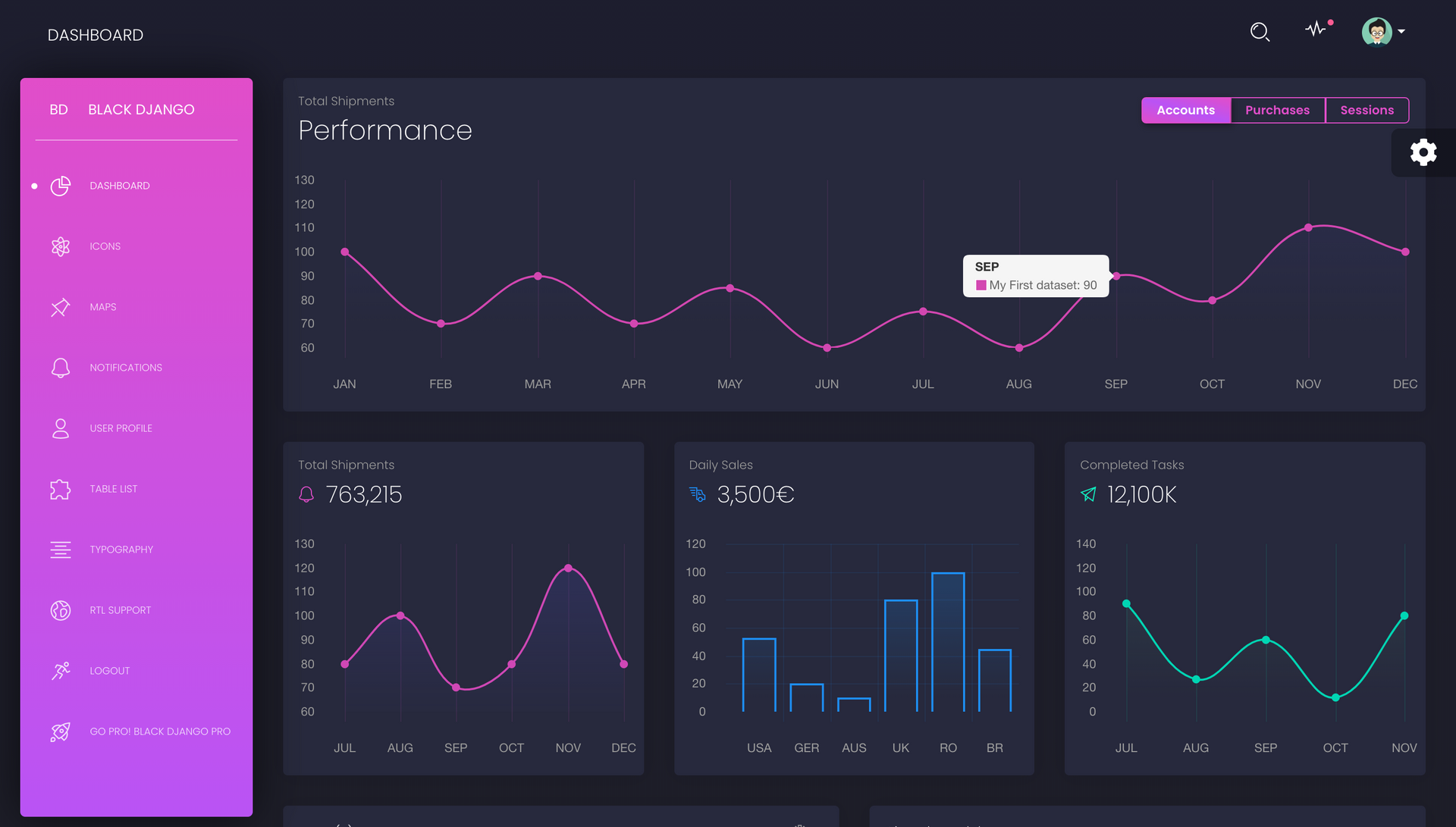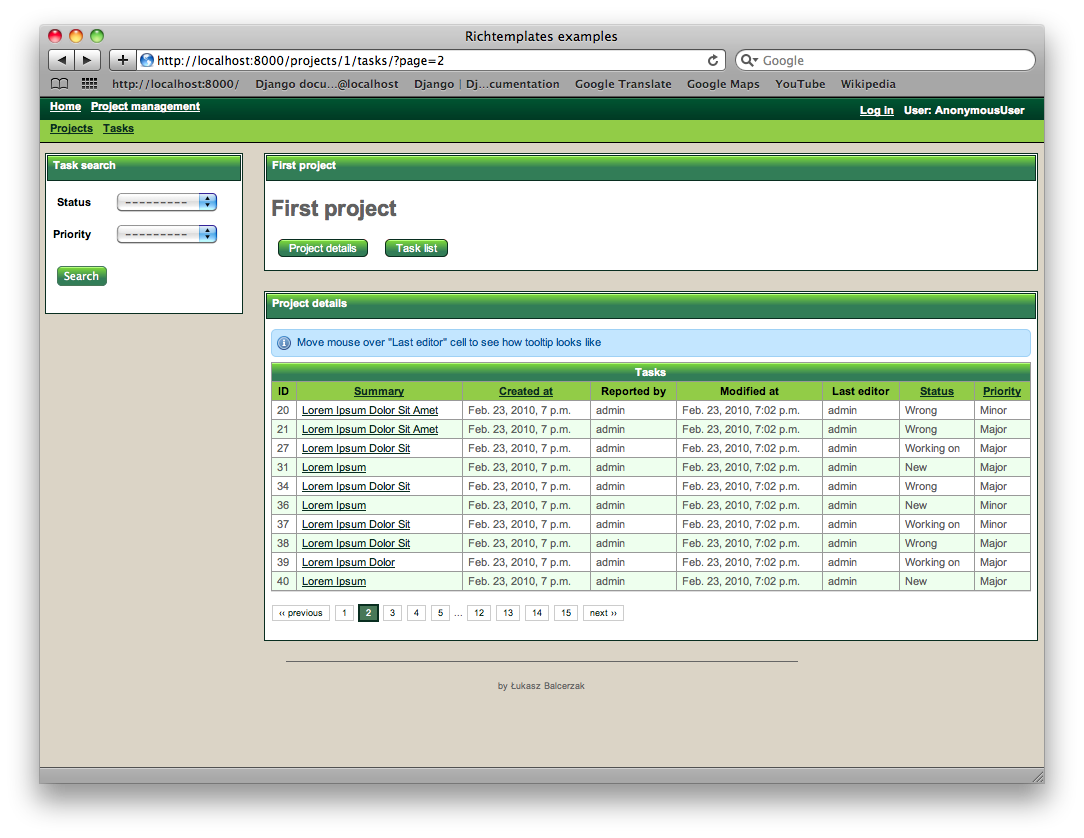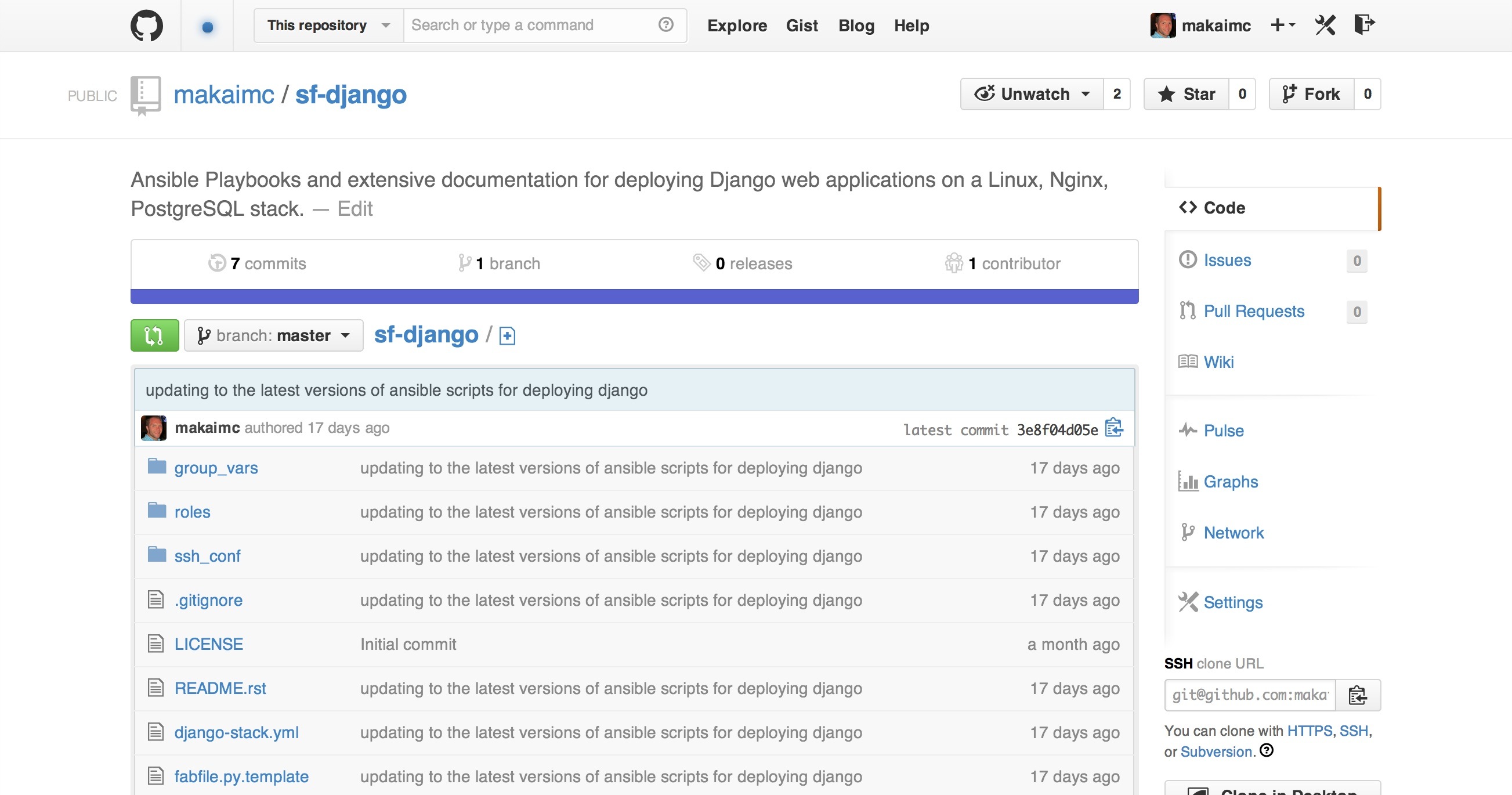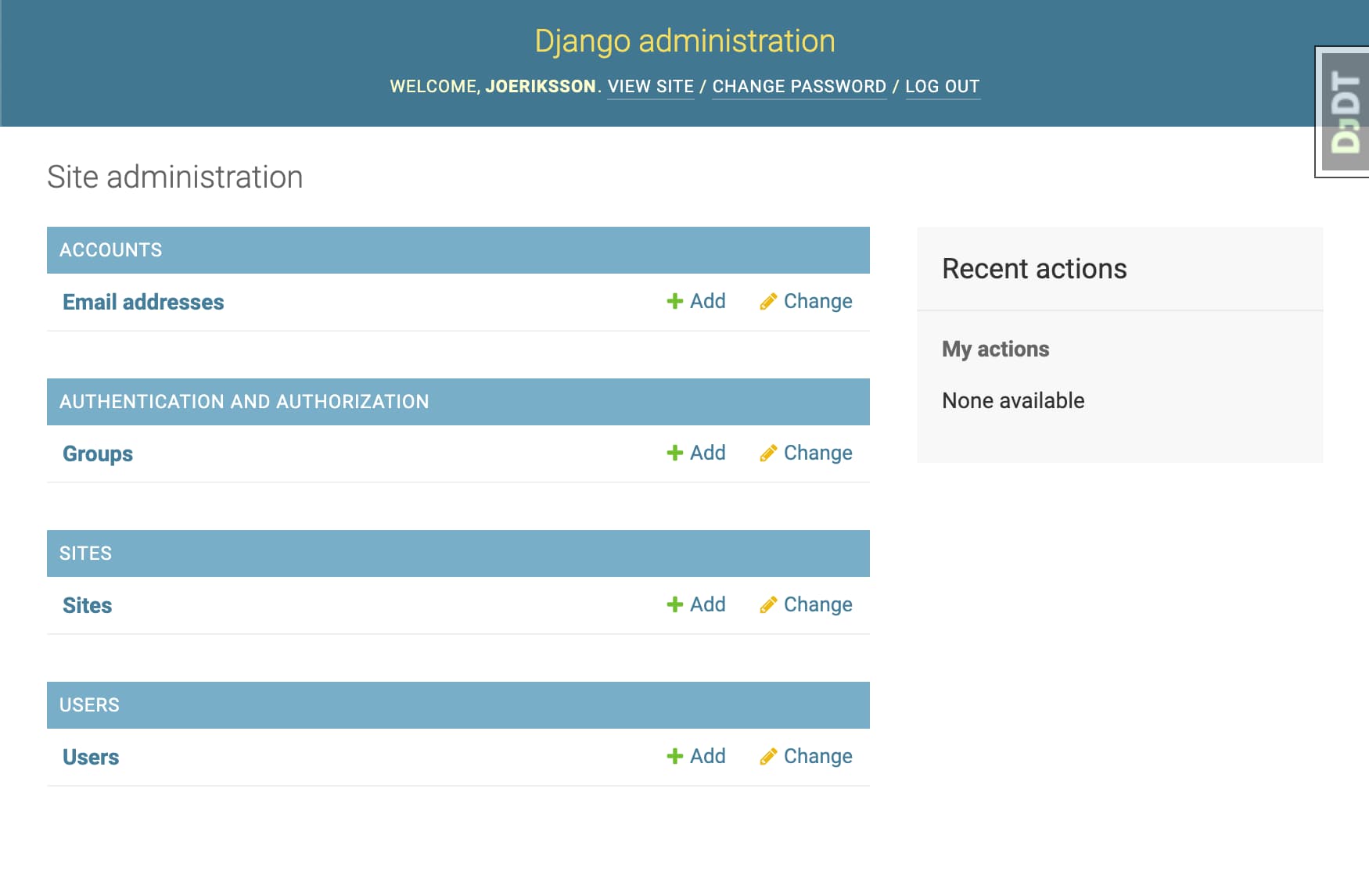Django Template If
Django Template If - Web if is the builtin tag in django templates. Use if statements to output a block of code if a. * false is made by none, 0, [], {}, set (), range (0). The if tag allows you to write conditional statements. Web this article revolves about how to use if tag in templates. The {% if %} tag evaluates a variable, and if that variable is “ true ” (i.e. Web an if statement evaluates a variable and executes a block of code if the value is true. If your intention is to use a template if it exists and default to a second template, you would better use. Web notes on django template conditionals (if.elif.else)¶ if you do not write syntax correctly then django will throw errors. {% if is_user_logged_in %} hello { {username}} {% else. Web you can use if not to check if a variable is false in django template. Web while string_if_invalid can be a useful debugging tool, it is a bad idea to turn it on as a 'development default'. If your intention is to use a template if it exists and default to a second template, you would better use. Web. {% if mylist|length and myvalue == 'somestring' %} blah blah {% endif %} refer. Web if is the builtin tag in django templates. Else logic within filters, annotations, aggregations, and updates. Web you can use if not to check if a variable is false in django template. Web an if statement evaluates a variable and executes a block of code. Web django template language: Web this article revolves about how to use if tag in templates. * false is made by none, 0, [], {}, set (), range (0). Using a for loop with else. Exists, is not empty, and is not a false boolean value) the contents of the block are output. Web if is the builtin tag in django templates. Else logic within filters, annotations, aggregations, and updates. Exists, is not empty, and is not a false boolean value) the contents of the block are output. Web conditional expressions let you use if. Web as you can see in the code above, the {% if %} block evaluates the value of. Web django template language: Else logic within filters, annotations, aggregations, and updates. {% if mylist|length and myvalue == 'somestring' %} blah blah {% endif %} refer. The if tag allows you to write conditional statements. Web sorry for comment in an old post but if you want to use an else if statement this will help you. If your intention is to use a template if it exists and default to a second template, you would better use. Example get your own django server {% if. {% if is_user_logged_in %} hello { {username}} {% else. Else logic within filters, annotations, aggregations, and updates. The if tag allows you to write conditional statements. Web conditional expressions let you use if. The {% if %} tag evaluates a variable, and if that variable is “ true ” (i.e. Using a for loop with else. Web if is the builtin tag in django templates. {% if is_user_logged_in %} hello { {username}} {% else. Web notes on django template conditionals (if.elif.else)¶ if you do not write syntax correctly then django will throw errors. Use if statements to output a block of code if a. {% if title == source %} do this {% elif. Web you can use if not to check if a variable is false in django template. * false is made. The if tag allows you to write conditional statements. And you can use ==. Web sorry for comment in an old post but if you want to use an else if statement this will help you. Web notes on django template conditionals (if.elif.else)¶ if you do not write syntax correctly then django will throw errors. Web as you can see. * false is made by none, 0, [], {}, set (), range (0). Exists, is not empty, and is not a false boolean value) the contents of the block are output. {% if title == source %} do this {% elif. The if tag allows you to write conditional statements. If your intention is to use a template if it. And you can use ==. * false is made by none, 0, [], {}, set (), range (0). Else logic within filters, annotations, aggregations, and updates. If your intention is to use a template if it exists and default to a second template, you would better use. Web conditional expressions let you use if. {% if title == source %} do this {% elif. The if tag allows you to write conditional statements. Web as you can see in the code above, the {% if %} block evaluates the value of a variable, var, if the value of this variable is true, the. Web sorry for comment in an old post but if you want to use an else if statement this will help you. Web notes on django template conditionals (if.elif.else)¶ if you do not write syntax correctly then django will throw errors. Just drop the braces around division. Web an if statement evaluates a variable and executes a block of code if the value is true. Web this article revolves about how to use if tag in templates. Web if is the builtin tag in django templates. Using a for loop with else. {% if mylist|length and myvalue == 'somestring' %} blah blah {% endif %} refer. Web you can use if not to check if a variable is false in django template. Web django template language: {% if is_user_logged_in %} hello { {username}} {% else. Example get your own django server {% if.Django Template if williamsonga.us
Django Template 10+ opensource projects to use for learning and
Django Template For Loop / Django Templates Learn To Create Your First
Save Time With this Django Template Bootstrap Admin by Timur
Django Templates Cheat Sheet World Wide Web Technology
Django Template Black Dashboard
Django Template If
Download Django Template Check If A Variable Exists free optracker
Django Template If Statement Flyer Template
JO Eriksson's blog How to get started with my Django template
Related Post:
